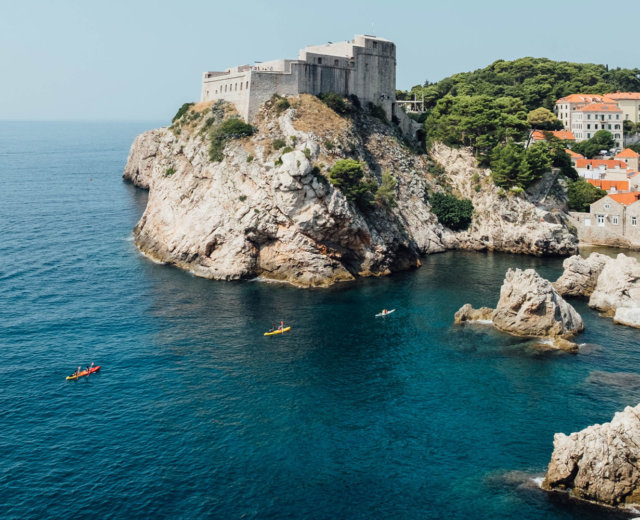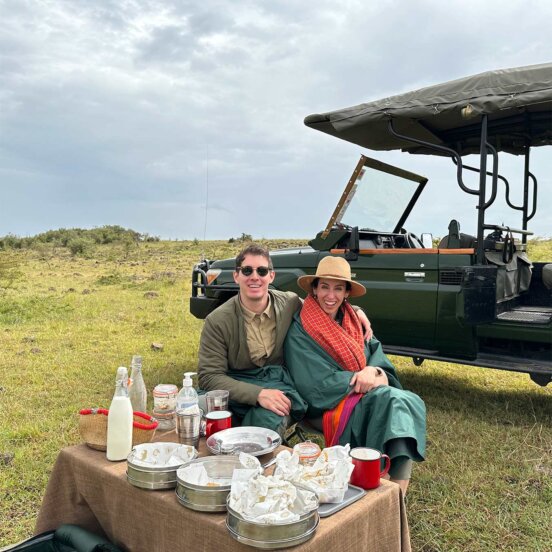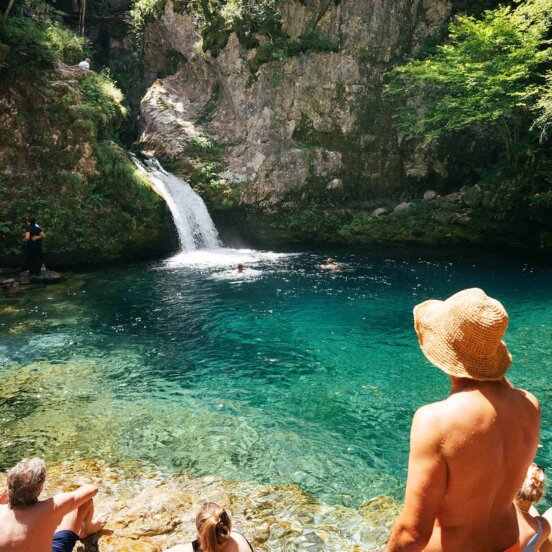Ginger, honey and herbal wine: Inside the wonderful world of Khmer healing
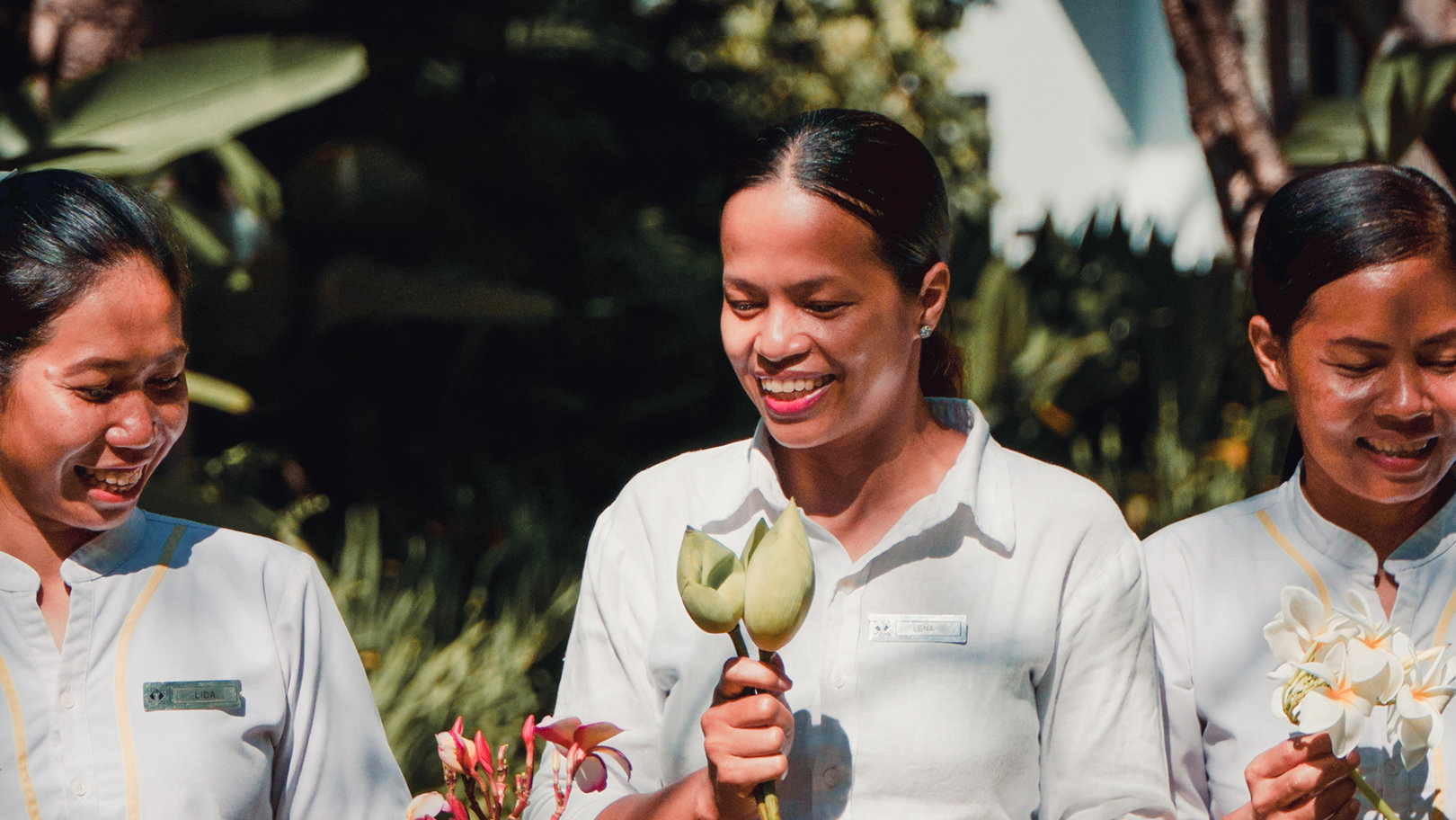
Once upon a time in a 12th-century Khmer empire, King Jayavarman VII embarked on a radical, Buddhist-inspired project of national healing. Eager to safeguard the wellbeing of his royal subjects, the monarch opened over 100 hospitals throughout the South-east Asian kingdom. Each one was well-stocked with doctors, cooks and apothecaries – as well as a trove of traditional medicines made from honey, butter and molasses.
It was the Middle Ages answer to a public healthcare program, launched on an unprecedented scale and in a way that “left a legacy of healing for many generations to come”, according to Siem Reap-based therapist Somalena (Lena) Sam, spa manager at the Shinta Mani Angkor hotel.
“Way back in ancient times, King Jayavarman VII laid down a tradition of holy healing in Cambodia, and it’s been rooted in our national identity ever since,” says Lena, pointing to the country’s widespread presence of “Kru Khmers” (traditional healing practitioners).
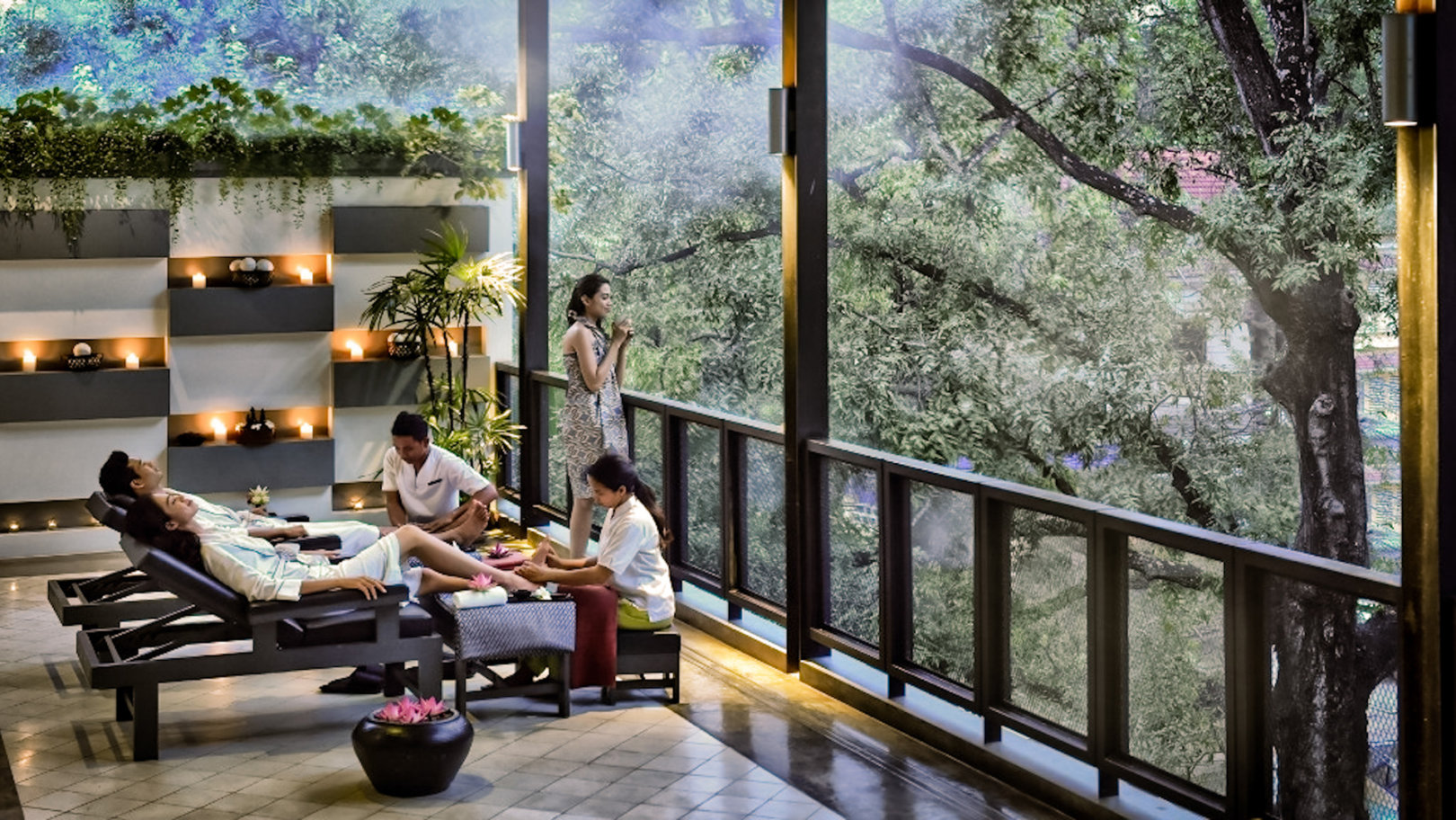
Healing has been part of Cambodia since ancient times
For centuries, Kru Khmers have acted as the mainstay of wellness wisdom within Cambodia, using a range of closely-guarded herbal, plant and root-based recipes to treat many common ailments, from back pain to stomach upsets and beyond.
Even today, they are often called upon to share their special naturopathic formulas, in a system that exists in parallel with modern medicine (it’s even been recognised by Cambodia’s Ministry of Health).
Tonics revolve around local ingredients, such as herbal wines or zingiber cassumunar – a ginger species that’s unique to South-east Asia, and renowned for its medicinal properties.
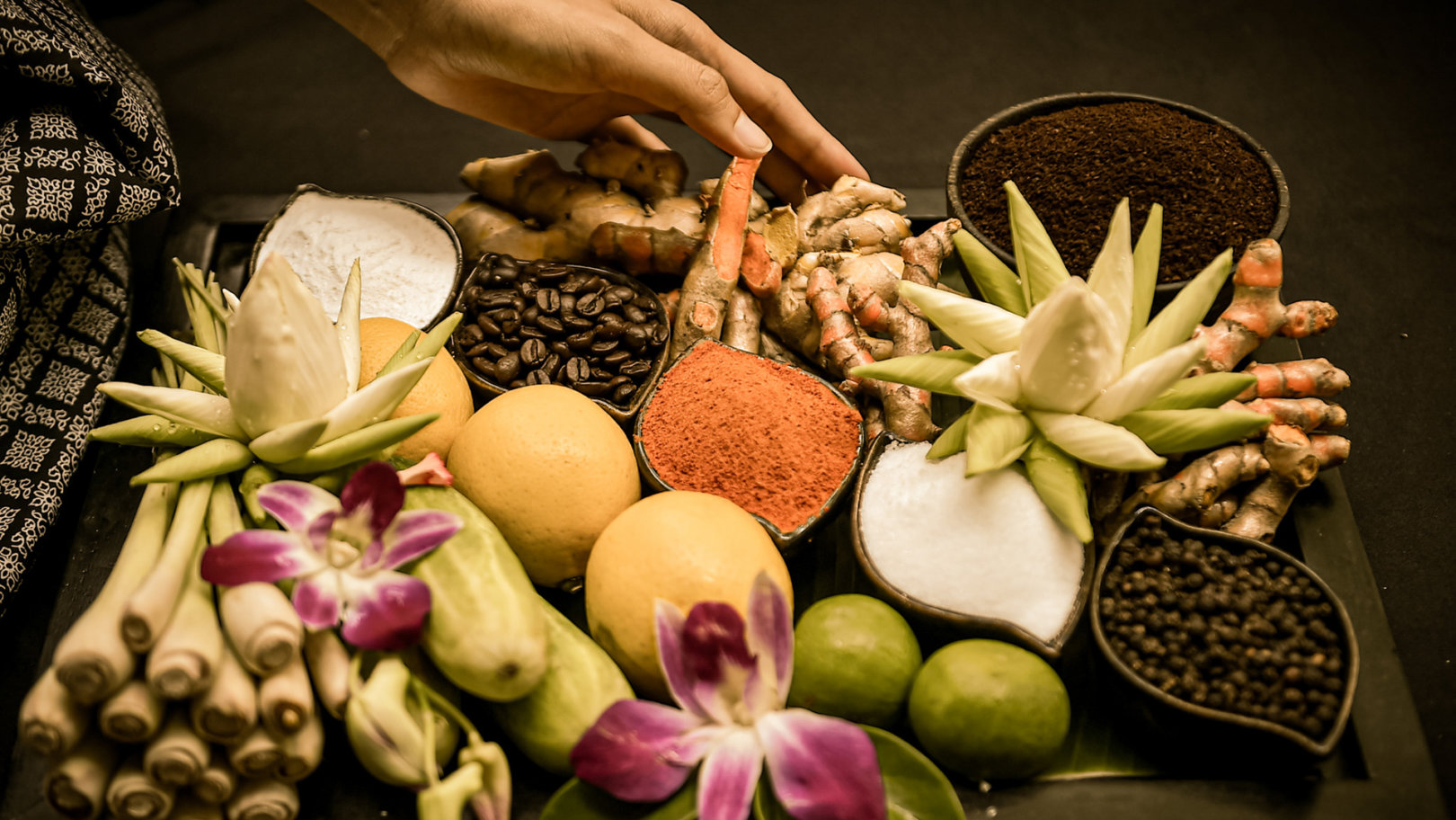
Natural remedies are handed down over generations
“Treatments might include something like a honey and zingiber cassumuna compress, that is wrapped around fractured bones, helping them to heal,” says Lena. “It works really well.”
The mother-of-three uses similar natural concoctions – made from turmeric, lemongrass or ginger – to soothe her children when they suffer from various minor ailments. “These are therapies that have been passed down by word of mouth, from my grandmother to my mother to me,” she says.
“It goes back to an era when many local families in Cambodia couldn’t access hospitals. They lived in very remote communities, so they relied on traditional healing methods instead. It’s an approach that relies on handed-down generational knowledge and it taps into our amazing history of healing.”
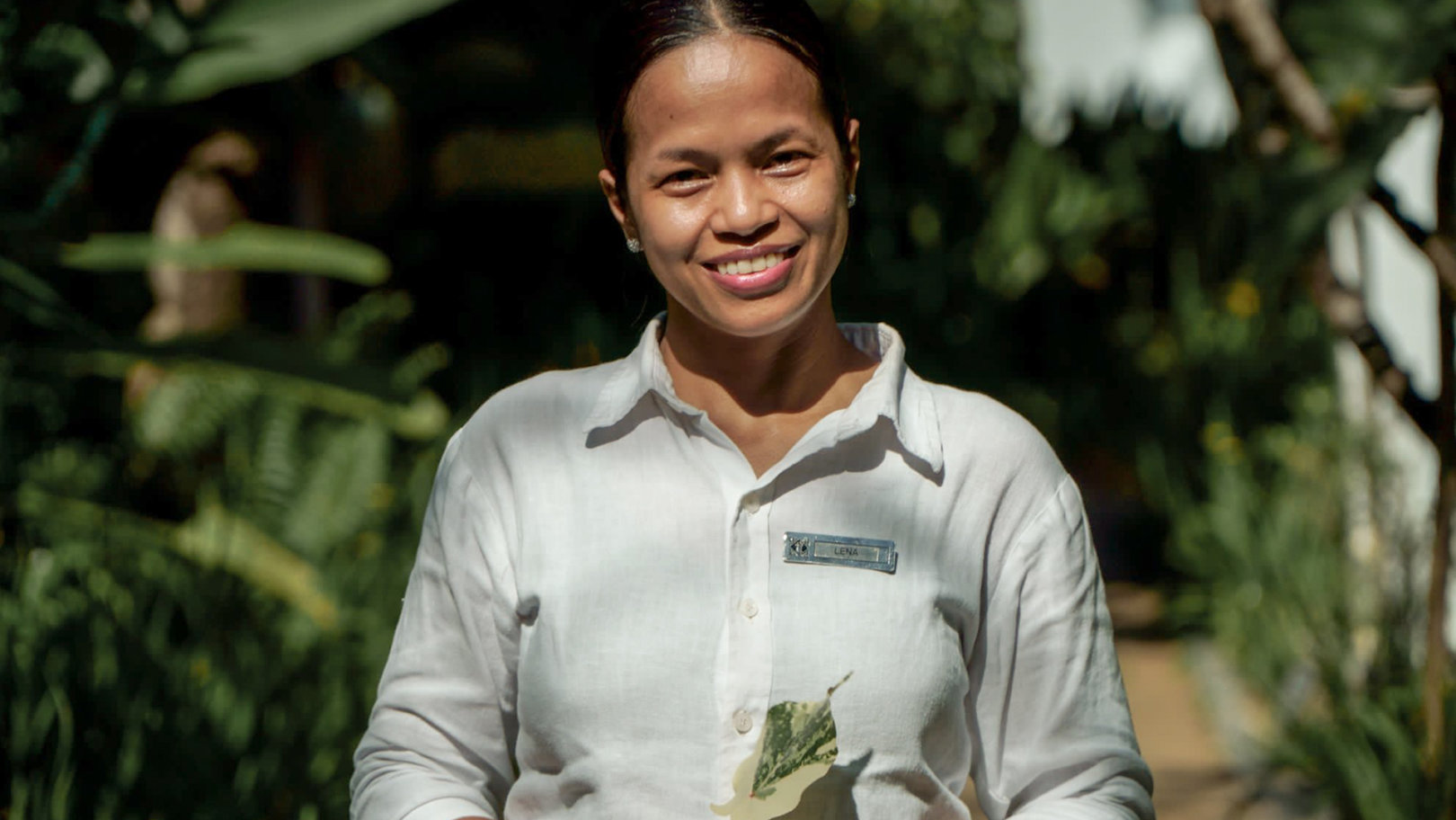
Khmer-inspired rituals underpin the hotel’s wellness program
Lena started working at Shinta Mani’s Angkor spa in 2003 and has been key to developing a menu of unique treatments that are aligned with local practices she’s learnt over the years, alongside a broader school of Khmer-inspired ingredients and rituals.
She is joined by a team of Cambodian and international experts, including Solveig Gevers, Director of Wellness at Shinta Mani Cambodia. From her base deep in the Cambodian rainforest near Siem Reap and the mighty Angkor Wat temple complex, Solveig has made it her mission to explore the history of Khmer healing.
“There are very few formal texts on Khmer healing. A lot of it depends on generations of people trading family formulas between them and being willing to share their unique healing remedies,” Solveig says.
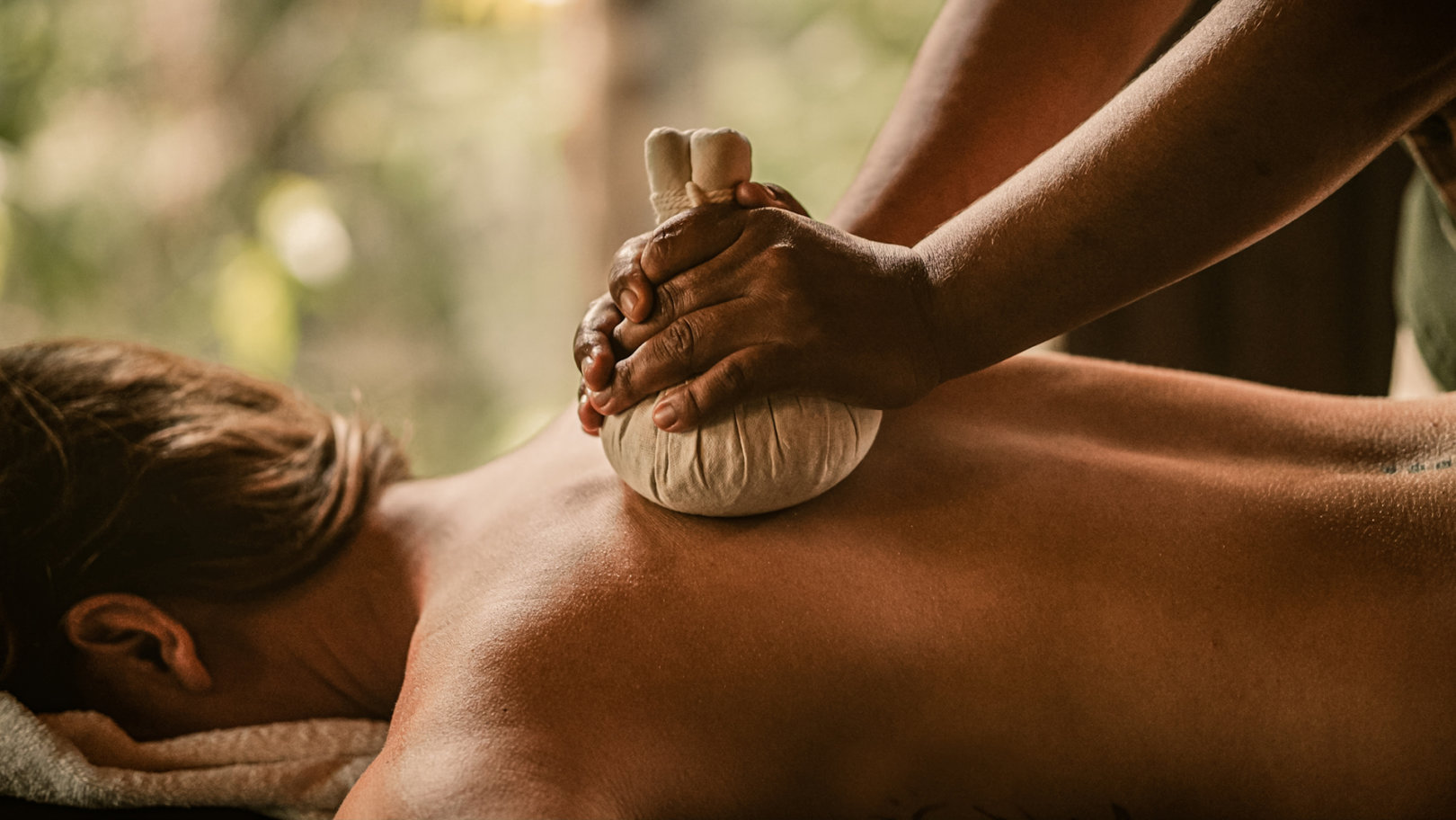
There’s a strong emphasis on locally-grown ingredients
“I find there’s a spiritual element in the way Cambodian therapists treat the body: it comes from the heart, so you really feel the energy of the treatment,” she adds.
“And there’s a strong emphasis on locally-grown ingredients, too. For example, we’ve developed a cleansing foot ritual that soaks the feet in sea salt and other local organic produce – such as ginger roots and kaffir lime leaves – that one of our therapists grows on her own farm nearby. The kind of concoctions we make are fresh and depend on what’s available, seasonally, at the time.”
Historically, says Lena, elements such as ginger, turmeric and sea salts are also known to “cleanse any negativity from the body. So it’s not only physically washing and cleaning the feet. By placing your feet in the water, it’s also drawing out any negativity, stress or disease from the body,” she explains, adding that each treatment at her spa begins with this cleansing practice.
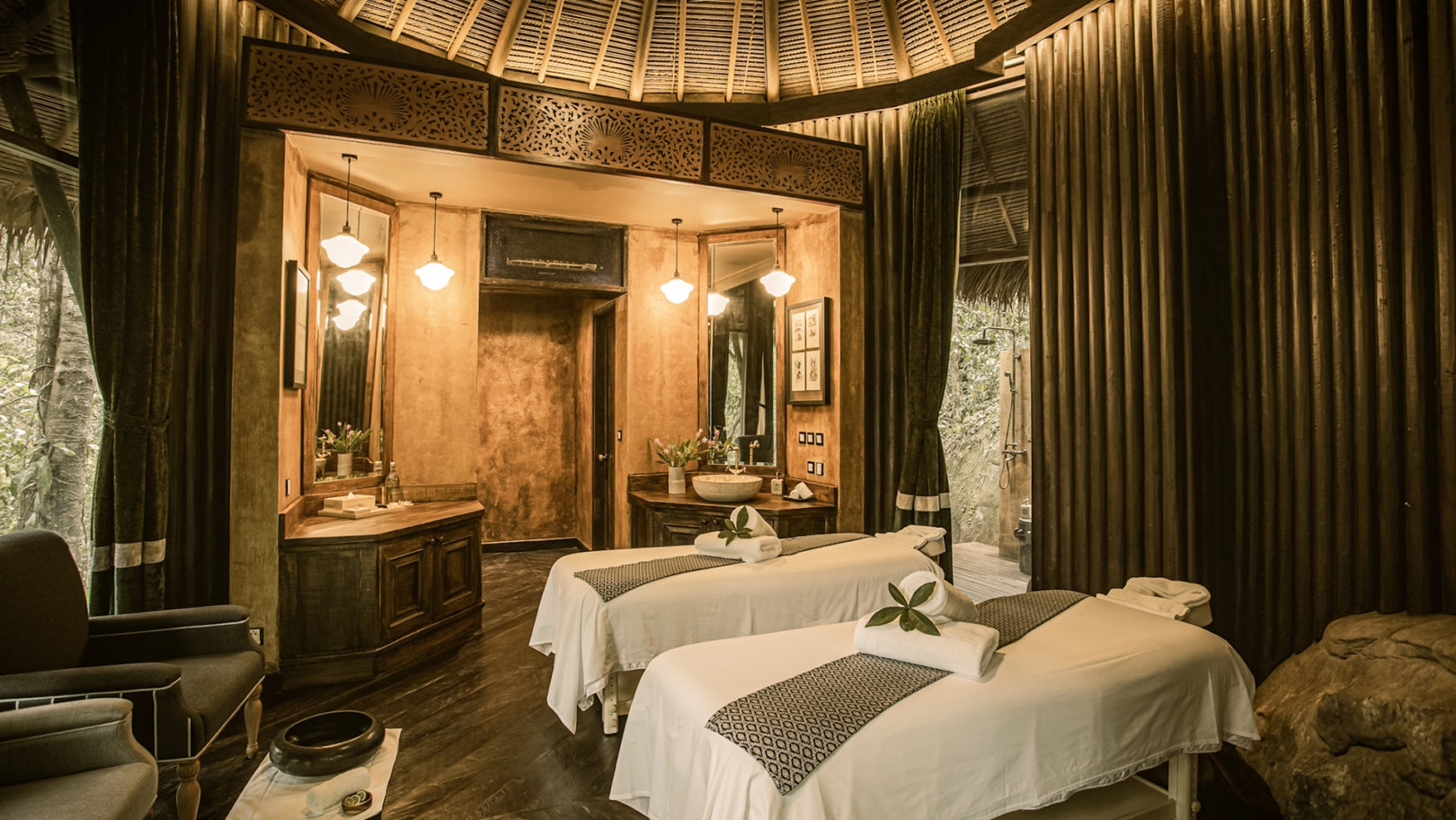
Treatments blend the likes of lemongrass and turmeric
A lot of Cambodian rituals also draw on influence from different cultures that have moved through the country at different points in time, including Ayurvedic ideas from ancient India, themes from traditional Chinese medicine and more.
For example, the Shinta Mani’s signature herbal healing compress treatment is also practised in Thailand. Blending the likes of lemongrass, turmeric and zingiber plants infused in a hot water steamer, it’s applied via a hand-woven muslin cloth using a variety of massage techniques.
“Traditionally, it was always used to treat muscle aches and pains after any kind of long travel or hard work,” says Solveig. “A lot of our guests respond really well to it; it can be especially effective for anyone suffering from headaches or muscle tension.”
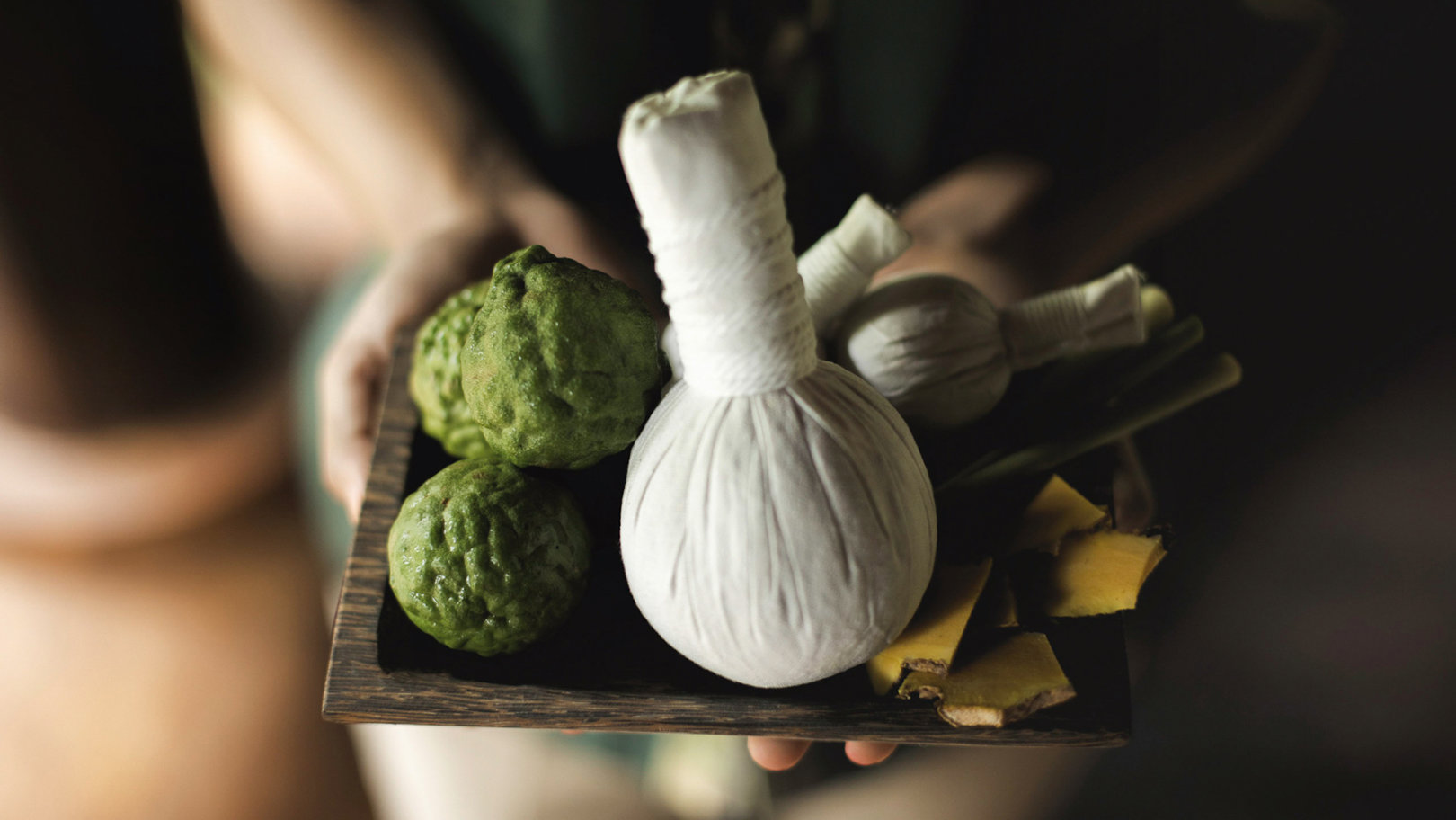
Khmer healing rituals are local and personalized
The spa also offers a traditional Khmer massage – which involves stimulating gentle and rhythmic pressure points linked to energy channels in the body – along with a new, specially devised range of Khmer Tonics with oils inspired by local ingredients.
Above all, Khmer healing rituals are local and personalized. Kru Khmers typically have their own repertoire of herbal formulas that are honed over a lifetime dedicated to the art. In an era of fast-emerging healthtech, it’s an age-old alchemy that recognizes the body’s connection to others, to nature – and a deep-rooted ability to regenerate and heal itself. King Jayavarman VII would be proud.
You can stay at Shinta Mani Angkor – and take advantage of its wellness program – on Flash Pack’s adventure in Vietnam and Cambodia.
Got a story or adventure that could inspire a solo traveler like you? Tag @flashpack on social or email [email protected] to be featured.
Images: Shinta Mani Angkor and Bensley Collection Pool Villas

